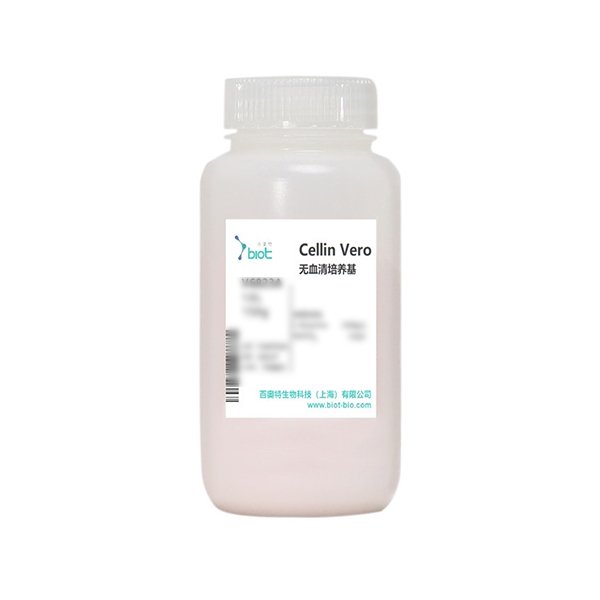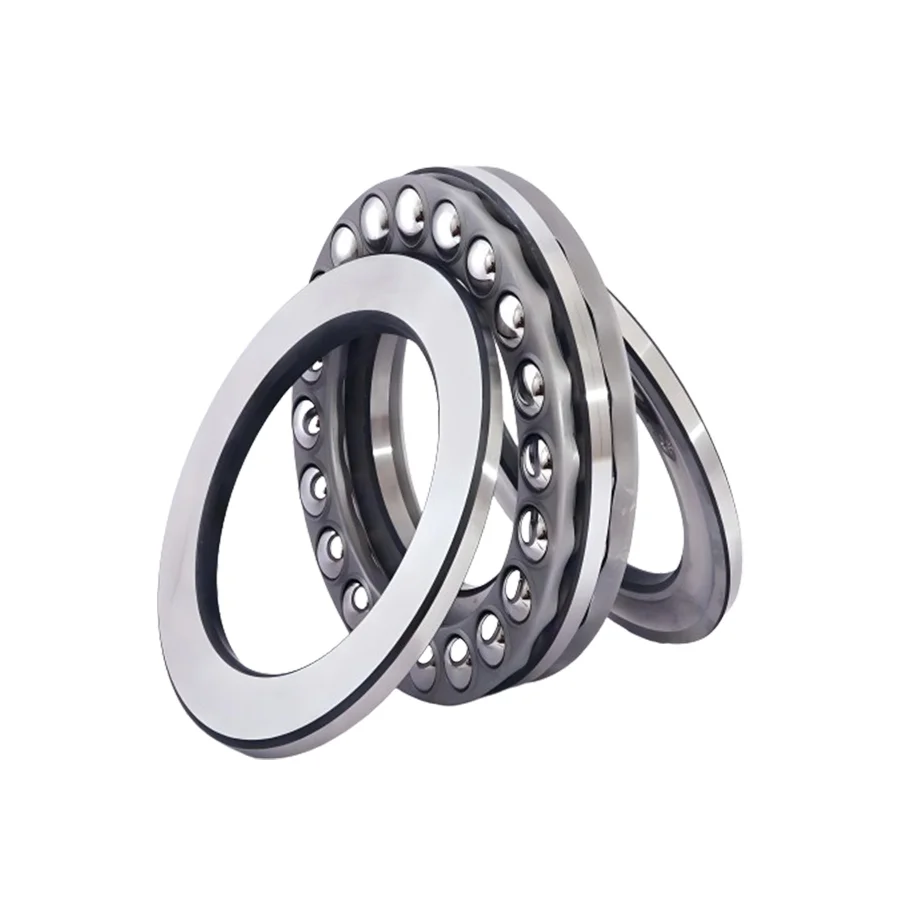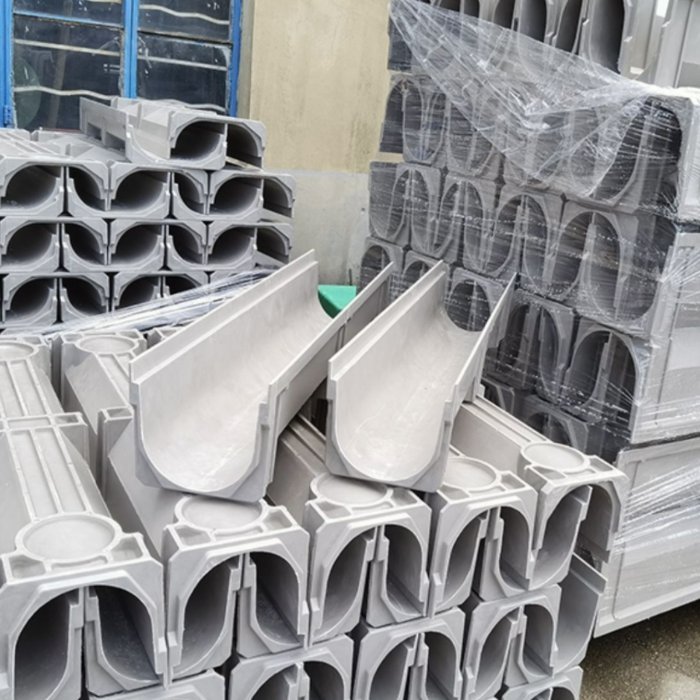In modern biopharmaceutical manufacturing, serum-free media (SFM) have become essential for maintaining cell culture consistency, safety, and reproducibility. As the demand for animal component-free production grows, high-quality serum-free media like DA-SFM Serum-free Medium Powder have gained significant attention for use in Vero and diploid cell-based vaccine production.
Biot Biotechnology, a leading innovator in cell culture solutions, is dedicated to providing the vaccine industry with serum-free and low-serum culture media optimized for Vero and diploid cell platforms. The company not only supplies reliable and efficient cell culture media but also offers continuous process optimization, customized media development, and end-to-end technical services—from cell culture to process development and formulation design.
In this article, we’ll explore the best practices for storing and preparing DA-SFM Serum-free Medium Powder, ensuring optimal performance, cell viability, and reproducibility in your production environment.

Understanding DA-SFM Serum-free Medium Powder
DA-SFM is a chemically defined, serum-free medium formulated to support the growth and maintenance of Vero and diploid cells without the use of animal serum. Its balanced composition of amino acids, vitamins, trace elements, and energy sources provides the ideal environment for large-scale vaccine and biologics production.
Compared with traditional serum-containing media, DA-SFM offers several advantages:
-
Reduced risk of contamination from animal-derived components.
-
Consistent lot-to-lot performance for reproducible results.
-
Simplified downstream purification due to fewer protein impurities.
-
Compliance with GMP and regulatory standards for vaccine production.
However, maintaining the quality and functionality of serum-free medium powder requires proper storage, reconstitution, and handling procedures.
1. Optimal Storage Conditions
To preserve the integrity of DA-SFM Serum-free Medium Powder, storage conditions must be strictly controlled:
-
Temperature: Store at 2–8°C in a cool, dry, and ventilated area. Avoid exposure to heat or direct sunlight, which can degrade sensitive components.
-
Humidity: Keep the medium tightly sealed in its original packaging. Serum-free medium powder is hygroscopic, meaning it can absorb moisture and clump if exposed to high humidity.
-
Light Protection: Certain vitamins and growth factors are light-sensitive; therefore, it’s best to store the powder in opaque containers or shaded environments.
-
Shelf Life: Always check the manufacturer’s expiration date. Using expired media may lead to inconsistent cell performance or lower productivity.
Pro Tip: Once a package is opened, use the contents as soon as possible. If partial quantities are used, reseal tightly and store under recommended conditions to prevent contamination or moisture absorption.
2. Preparation and Reconstitution Guidelines
Proper reconstitution of DA-SFM powder is crucial for ensuring uniform nutrient distribution and optimal medium performance. Below is a recommended step-by-step preparation guide:
Step 1: Prepare Solvent
Use ultrapure or deionized water (resistivity ≥18 MΩ·cm) that meets cell culture standards. The water should be free of endotoxins and microbial contamination.
Step 2: Measure the Required Volume
Check the product instructions for the recommended powder-to-water ratio (typically for 1 L or 10 L batches). It is important to add the powder to the water, not the other way around, to avoid clumping.
Step 3: Gradual Mixing
Stir the solution gently using a magnetic stirrer or overhead mixer until the powder is fully dissolved. Avoid vigorous agitation, as excessive foam can introduce air bubbles and shear stress, which may affect medium stability.
Step 4: pH Adjustment
After complete dissolution, check the pH. DA-SFM typically requires adjustment to 7.0–7.4, depending on the cell line and culture conditions. Use sterile 1N HCl or NaOH if necessary.
Step 5: Filtration
Sterilize the reconstituted medium using a 0.22 μm membrane filter under aseptic conditions. This ensures the removal of any particulate matter or microbial contaminants.
Step 6: Storage of Prepared Medium
Store the prepared liquid medium at 2–8°C and use it within 2–4 weeks. Avoid repeated freeze–thaw cycles, which can degrade nutrients and growth factors.
3. Handling Precautions
When working with serum-free media, maintaining a clean and controlled environment is essential. Follow these best practices:
-
Always prepare and handle DA-SFM in a biosafety cabinet to prevent contamination.
-
Use sterile containers and instruments during preparation.
-
Avoid cross-contamination by dedicating specific containers for serum-free media.
-
Label containers clearly with preparation date, batch number, and operator initials for traceability.
4. Quality Control and Performance Verification
After preparation, it is advisable to perform basic quality control tests to verify the medium’s suitability for cell culture:
-
pH and Osmolality: Ensure they fall within the manufacturer’s recommended range.
-
Visual Inspection: The solution should be clear and free from particulates or precipitation.
-
Cell Growth Test: Inoculate a small culture of Vero or diploid cells to confirm normal attachment, morphology, and proliferation.
If deviations occur, check for errors in water quality, powder dissolution, or storage conditions.
5. Customization and Optimization with Biot Biotechnology
Every cell line and production process has unique nutritional and metabolic needs. Recognizing this, Biot Biotechnology provides customized culture medium development services tailored to specific cell types and process parameters.
Through advanced formulation design and continuous process optimization, Biot helps clients:
-
Improve cell density and viability.
-
Enhance product yield and quality.
-
Simplify scale-up processes for vaccine production.
The company’s one-stop service—from medium formulation to process development and large-scale supply—ensures that every client achieves consistent, high-quality outcomes in biopharmaceutical production.
Conclusion
Proper storage and preparation of DA-SFM Serum-free Medium Powder are key to maintaining its high performance and stability in cell culture applications. By following best practices—such as storing under controlled temperature and humidity, dissolving carefully, and maintaining aseptic conditions—you can ensure optimal cell growth and reliable experimental results.
With its expertise in serum-free and low-serum medium development, Biot Biotechnology continues to empower vaccine and biopharmaceutical companies with innovative, customizable, and high-quality cell culture solutions. Whether for process optimization or large-scale production, Biot remains a trusted partner in driving efficiency, safety, and sustainability in the life sciences industry.
www.biotbio.com
Baiaote Biotechnology (Shanghai) Co., Ltd.



+ There are no comments
Add yours